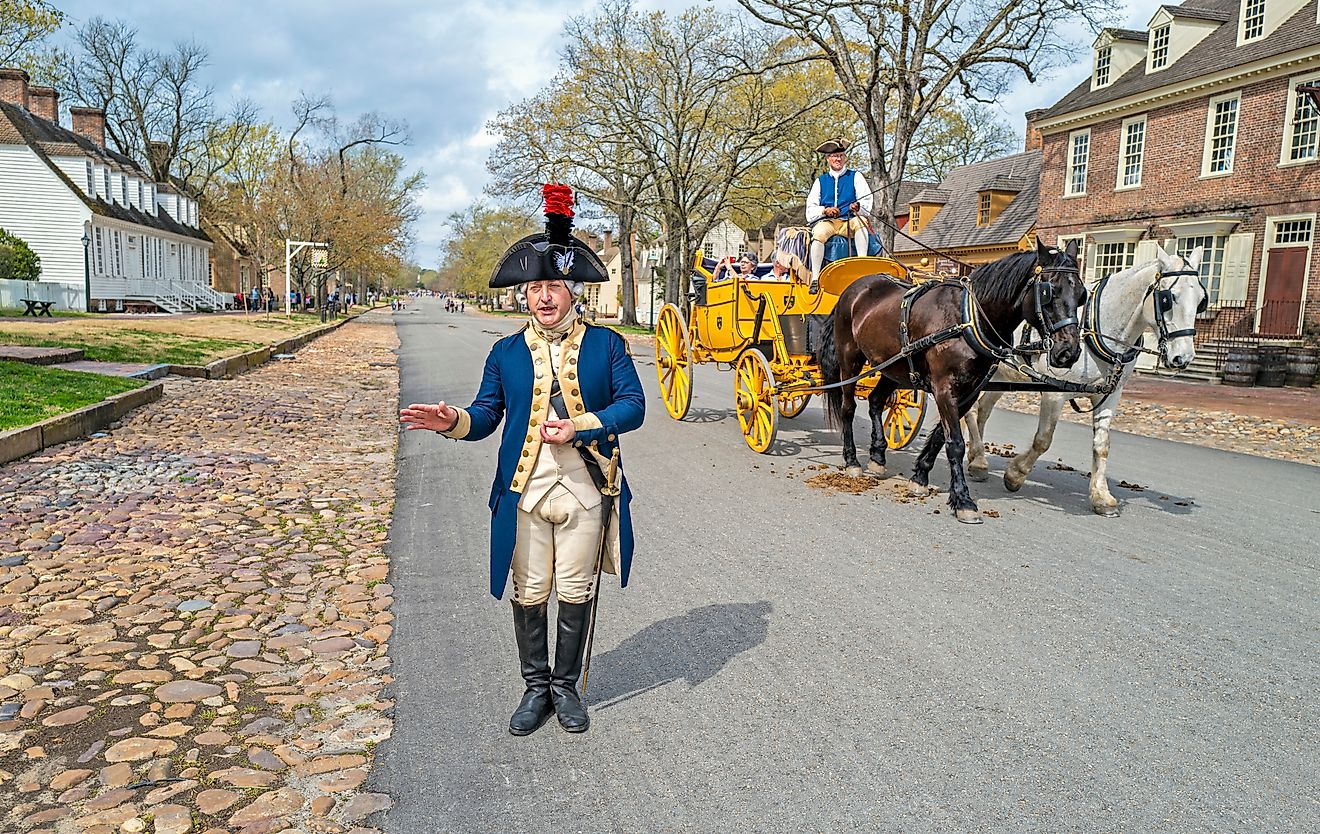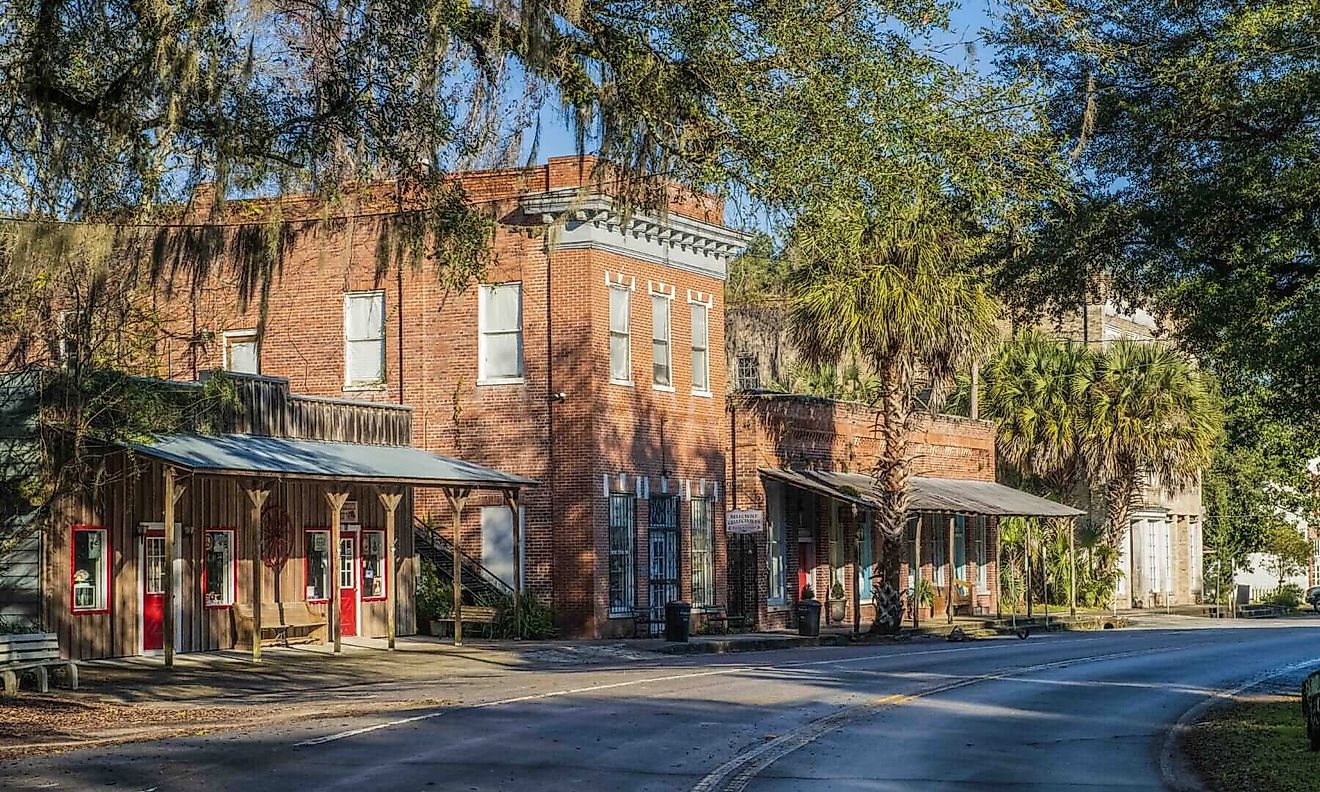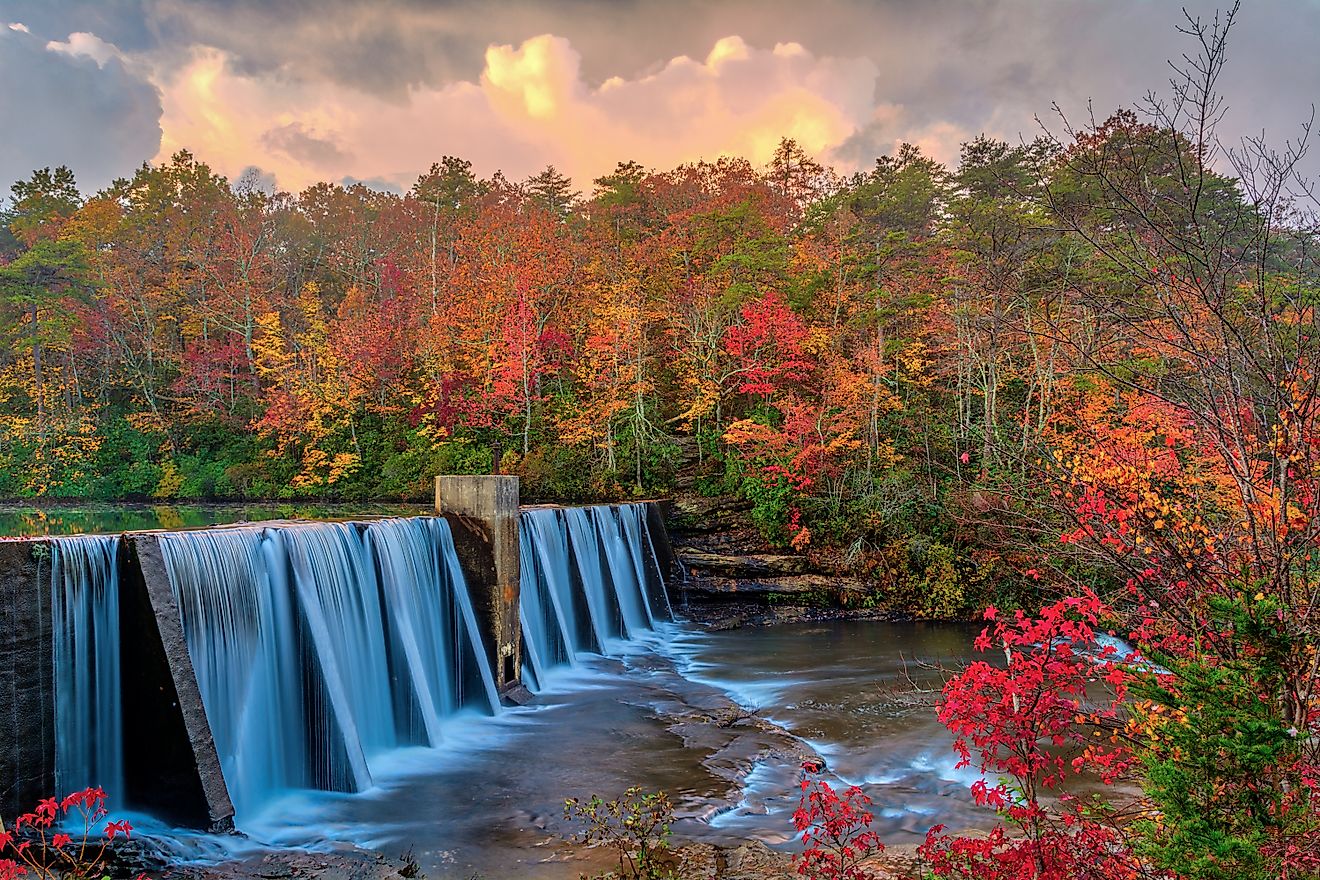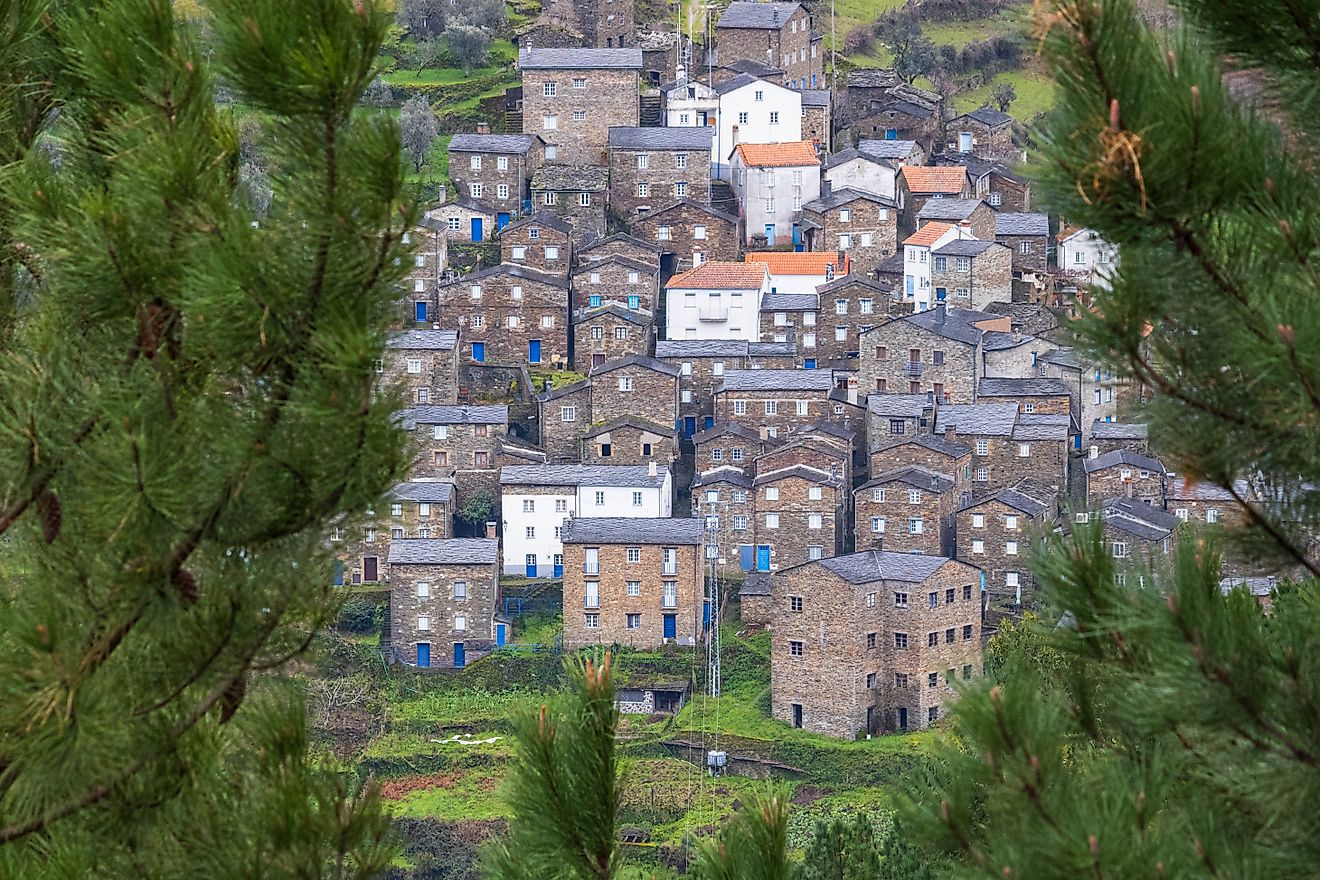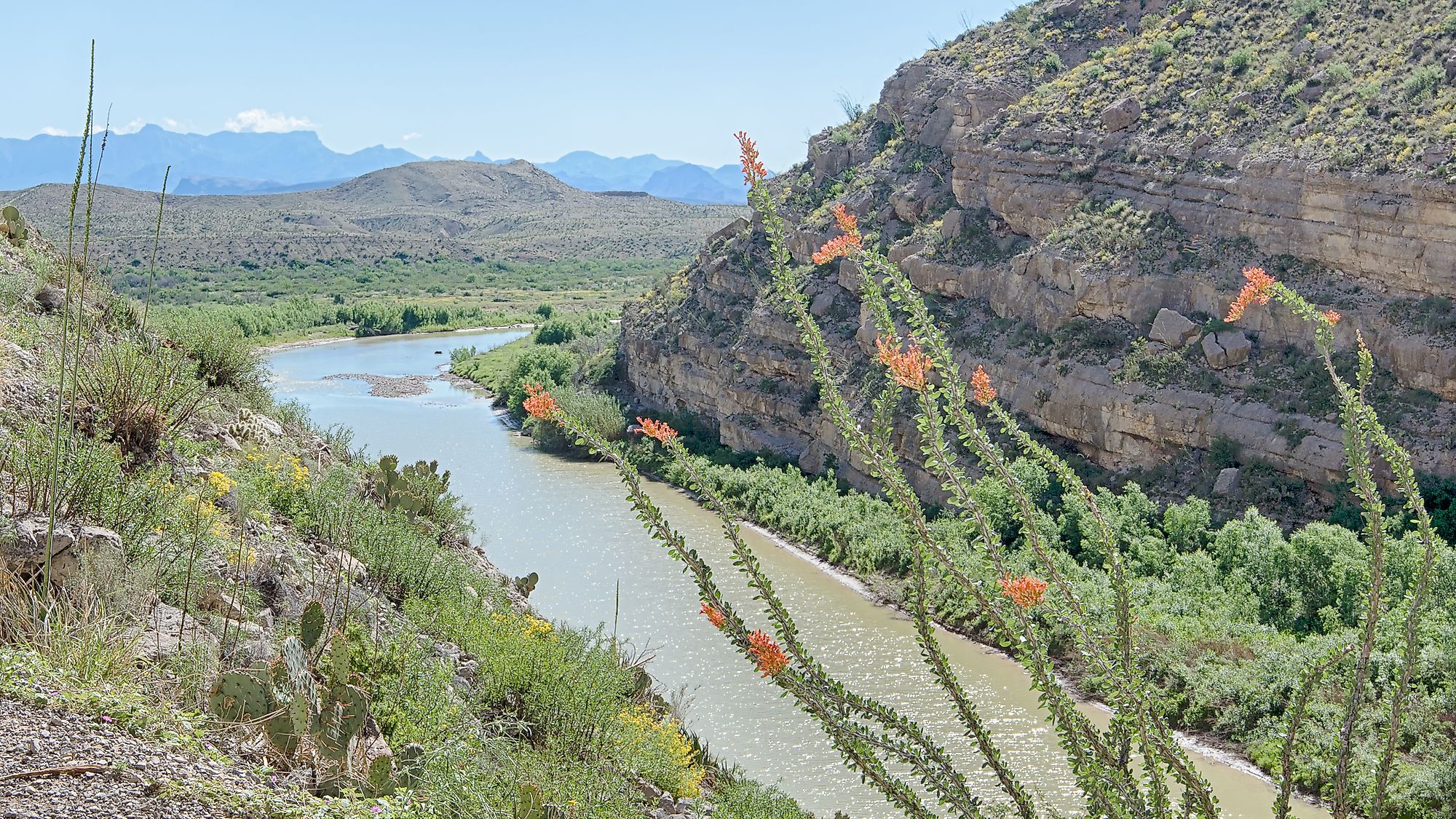
Big Bend National Park
Big Bend National Park is located in Texas, in the United States. It covers an area of 3,242.19 km2 which includes the Chisos mountain range as well as a sizable section of the Chihuahuan Desert.
Park History
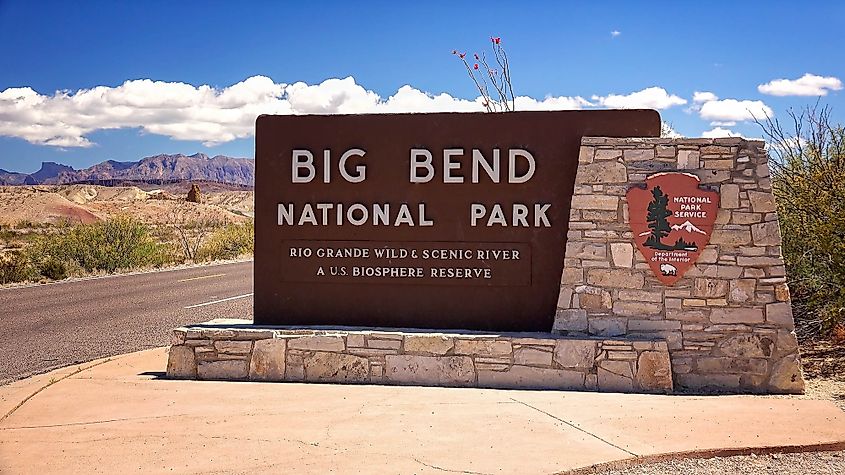
Texas legislation was passed in 1933 which established the Texas Canyons State Park. Later that same year it was renamed Big Bend State Park. In 1935, the state park passed further legislation to allow the state park to become an official national park, but the transition was not made until 1944.
Climate And Landscape
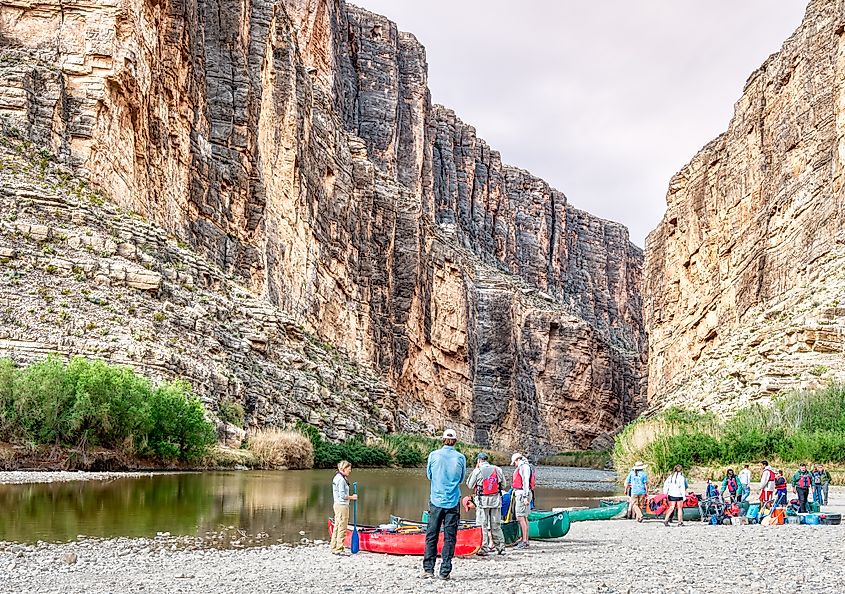
Big Bend National Park has a hot semi-arid climate. The park is mainly desert, and experiences dry and hot weather through spring and summer, with temperatures that exceed 38 degrees celsius, or 100 fahrenheit. The range in altitude does affect these temperatures, however, as they tend to drop at higher elevation. The park ranges from 1,800 feet or 550 meters elevation to a maximum of 7,832 feet or 2,387 meters at Emory Peak of the Chisos Mountains.
The Chisos Mountains form what are known as sky islands, where much of the park's vegetation and animal life live. Temperatures and moisture levels are higher at the increased elevation, so it is easier for plants to grow there. Similarly, vegetation is more plentiful in the Rip Grande riparian zone, along creeks and arroyos, and near desert springs.
The remainder of the open desert landscape is cut by various canyons and dry river beds. Canyons include the Santa Elena, Mariscal, and Boquillas. The largest canyon, the Santa Elena which was carved by the Rio Grande, winds through the Chihuahuan Desert with steep vertical limestone walls. The river also marks the border between Texas and Mexico for a stretch of at least 1,600 kilometers, or 1,000 miles.
Wildlife
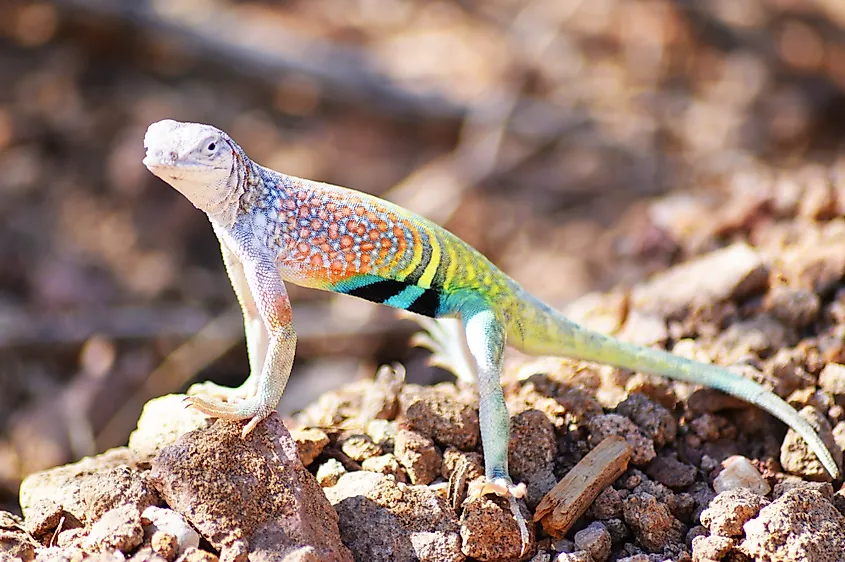
The park has a surprising number of wildlife species for a predominantly desert landscape. Some 11 species of amphibians, 56 species of reptiles, 40 species of fish, 75 species of mammals, 450 birds, and an estimated 3,600 species of insects have been recorded within the park borders.
There are 450 different bird species in Big Bend National Park. The large variety of birds is due in part to the park’s location along major migration routes. Because of this, only about 50 or so of the species recorded in the park live there year round. Two rare bird species have been found in the park, and draw visitors regularly. The Colima warbler has been spotted here, and it is in fact the only area in the U.S. that this species has been recorded. Similarly, the northern tufted flycatcher was recorded in Big Bend, making it the first known appearance of this species in the U.S.
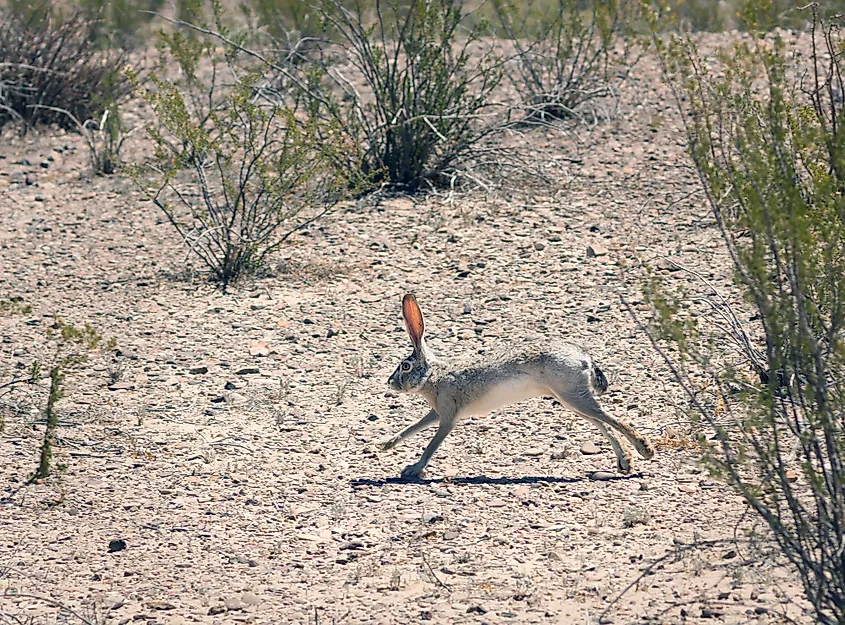
Mammals in the park range greatly in type and size. The largest animal in the park is the Mexican black bear, though some 150 individual cougars also live in these parts, and a healthy number of gray wolves. Other predators include the bobcat and coyote which feast on smaller mammals such as squirrels, kangaroo rats and jackrabbits. Grazing animals include Carmen white-tailed deer and Collared Peccary.

